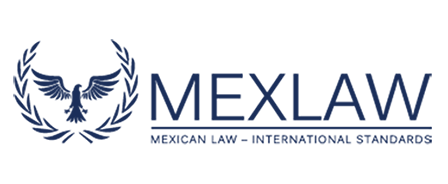Transportation Laws: Is Competition In and Monopolizing Out in Quintana Roo?
On May 28, 2018, the Quintana Roo Congress unanimously approved the State Mobility Law. Among other points this new law makes way for digital platform transportation companies like UBER, a long-awaited solution to some of the issues passengers have with the current system. The taxi union in Quintana Roo have had a monopoly on transport for years; this new law opens up the market for fair competition of transportation companies.
The new regulations will allow a safer, and more reliable option for users of public transportation. Regulated prices and safety are currently the most significant concerns for the public using taxi services; digital platform providers can relieve some of these apprehensions.
The Institute of State Mobility will be established and take on the responsibility of planning and the execution of mobility policies. Also, they will monitor to ensure monopolistic practices are avoided. In all cases, the providers of transport services will require a permit issued by the institute and comply with certain obligations to ensure the safety of users.
The new law also gives priority to pedestrians, people with disabilities and people with limited mobility, cyclists, and users of public transportation.
Translation of the official communication from the Gobierno de Quintana Roo page:
The Mobility Law approved today by the State Congress places people as a priority.
* Mobility is recognized as a human right and fundamental for the effective movement of people.
* Orders components related to mobility, transportation, roads and urban signage.
* Establishes the hierarchy of mobility: first pedestrians, then cyclists and then public transport and private transport.
* The Mobility Institute is created as a decentralized public body.
* The Integrated Public Transportation System is created to regulate:
- The infrastructure for mobility and its use.
- The classification of transport and its rates.
- The concessions and the permits.
- The Massive Public Transport System.
- The service through digital platforms.
- Parking lots, stations and terminals.
- Licenses and driving permits.
- The Public Transportation Registry.
The Integrated System of Public Transport covers the transport service contracted through digital platforms, public service, and private service.


